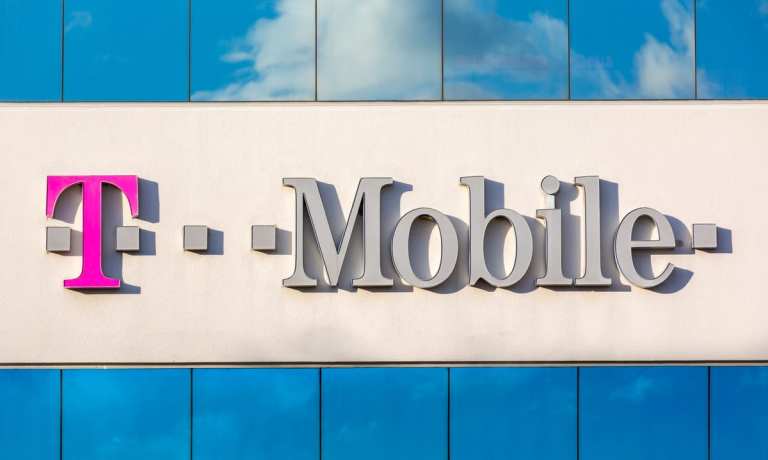
T-Mobile and SpaceX have taken another step toward their plan to build global connectivity.
SpaceX launched the first set of Starlink satellites with Direct to Cell capabilities on Tuesday (Jan. 2), enabling the beginning of field testing on a new service that will provide T-Mobile customers with connectivity almost everywhere in the United States, T-Mobile said in a Wednesday (Jan. 3) press release.
This connectivity, which will be enabled by SpaceX’s constellation of satellites and T-Mobile’s wireless network, will begin with text messaging and will expand to include voice and data coverage in the coming years, according to the release.
“Our mission is to be the best in the world at connecting customers to their world and today is another step forward in keeping our customers connected even in the most remote locations for added peace of mind when they need it most,” Mike Katz, president of marketing, strategy and products at T-Mobile, said in the release. “Today’s launch is a pivotal moment for this groundbreaking alliance with SpaceX and our global partners around the world, as we work to make dead zones a thing of the past.”
The new service will give customers an additional layer of connectivity covering the more than half a million square miles in the United States and “vast stretches” of ocean that are unreachable by terrestrial network coverage, according to the release.
It will eliminate dead zones, without requiring customers to carry satellite phones, the release said. In most cases, the new service will work with the phones customers already own.
“The launch of these first Direct to Cell satellites is an exciting milestone for SpaceX to demonstrate our technology,” Dr. Sara Spangelo, senior director of satellite engineering at SpaceX, said in the release. “We look forward to rapidly scaling up Direct to Cell with our partner operators around the world and rolling out messaging service for T-Mobile customers.”
T-Mobile and SpaceX announced their plans to provide “truly universal coverage” in August 2022. With their satellite-to-cell service, users will be able to send text messages and images from areas that are currently in traditional networks’ dead zones.